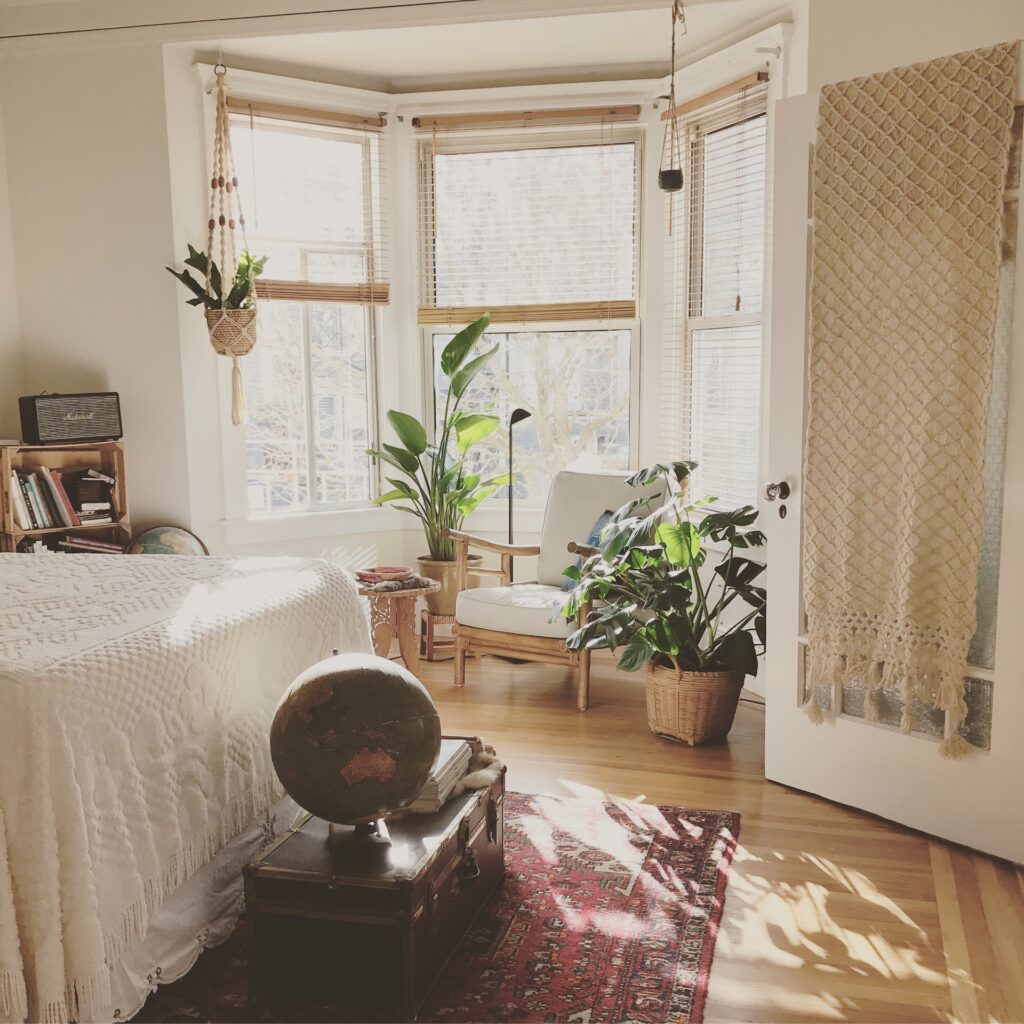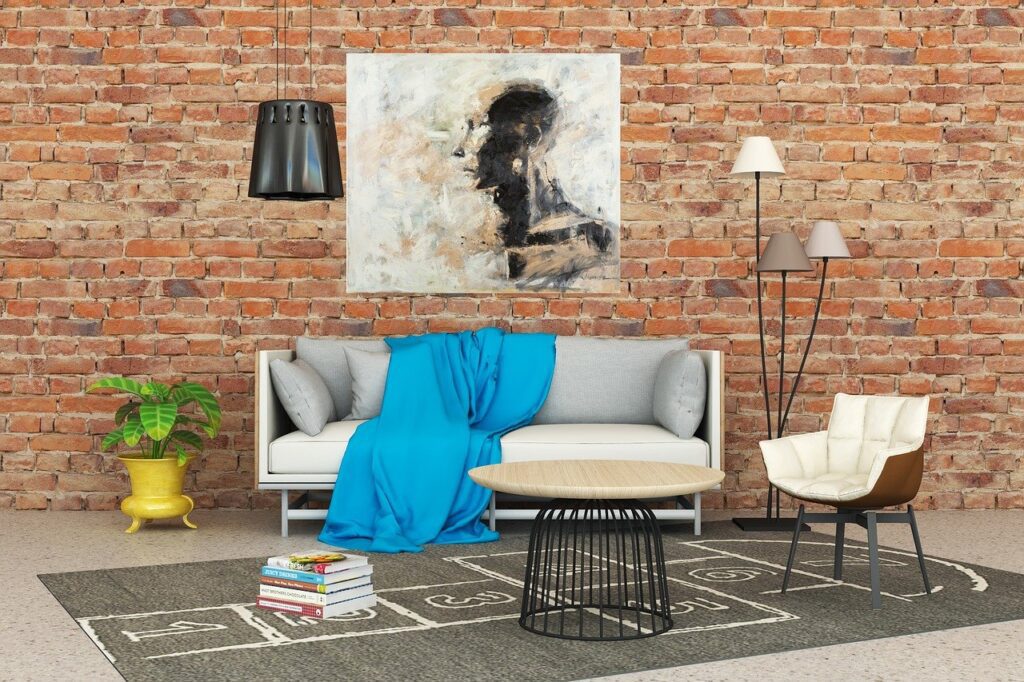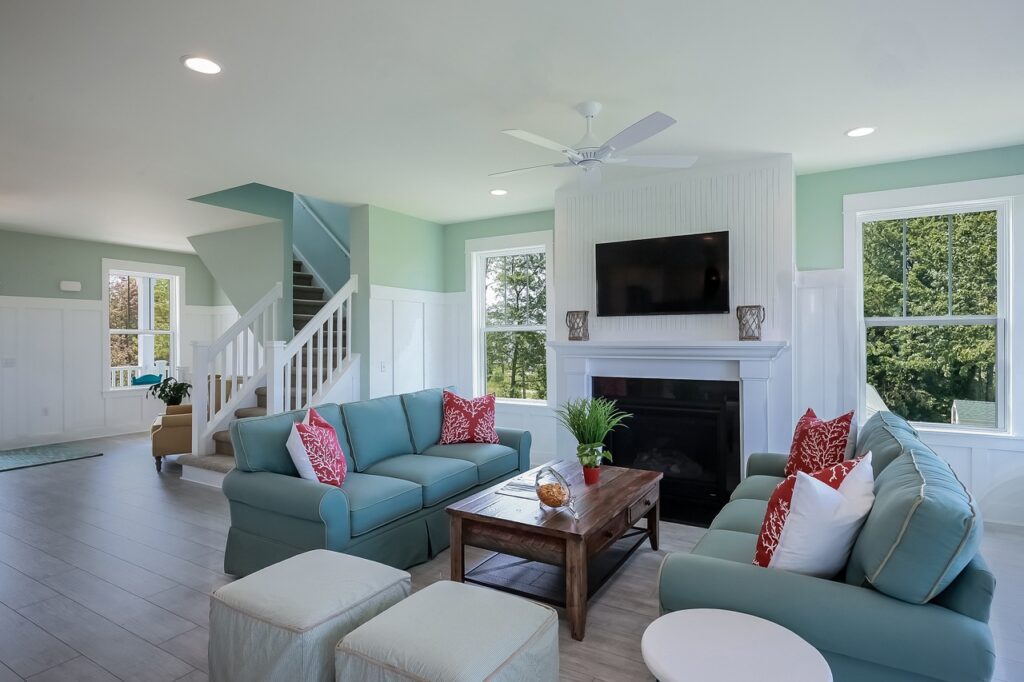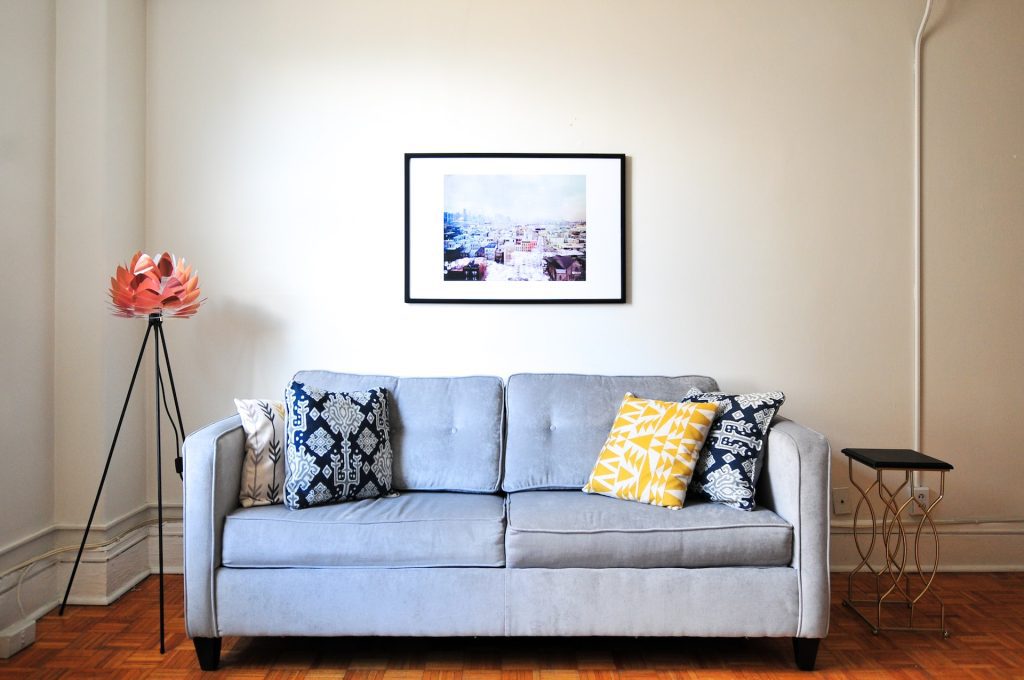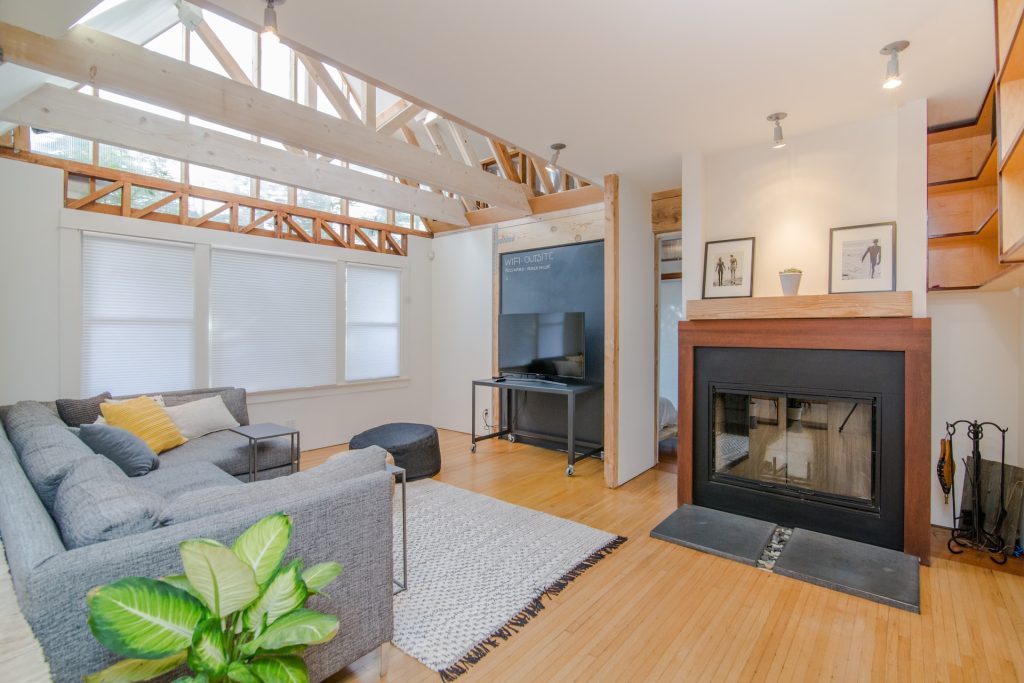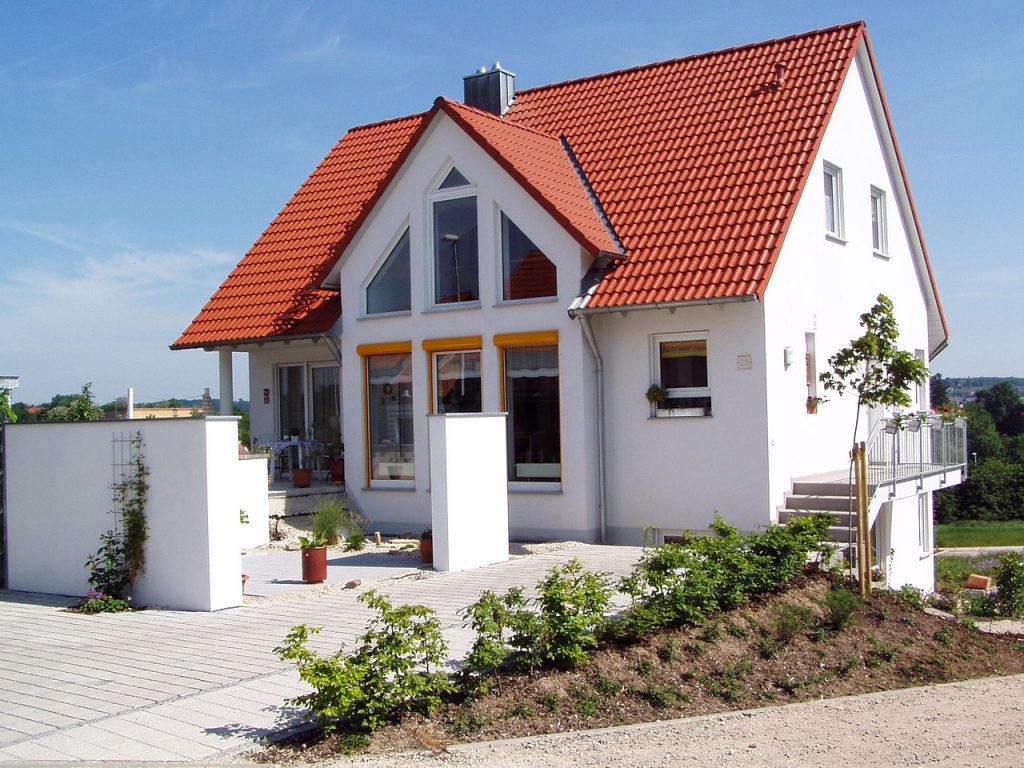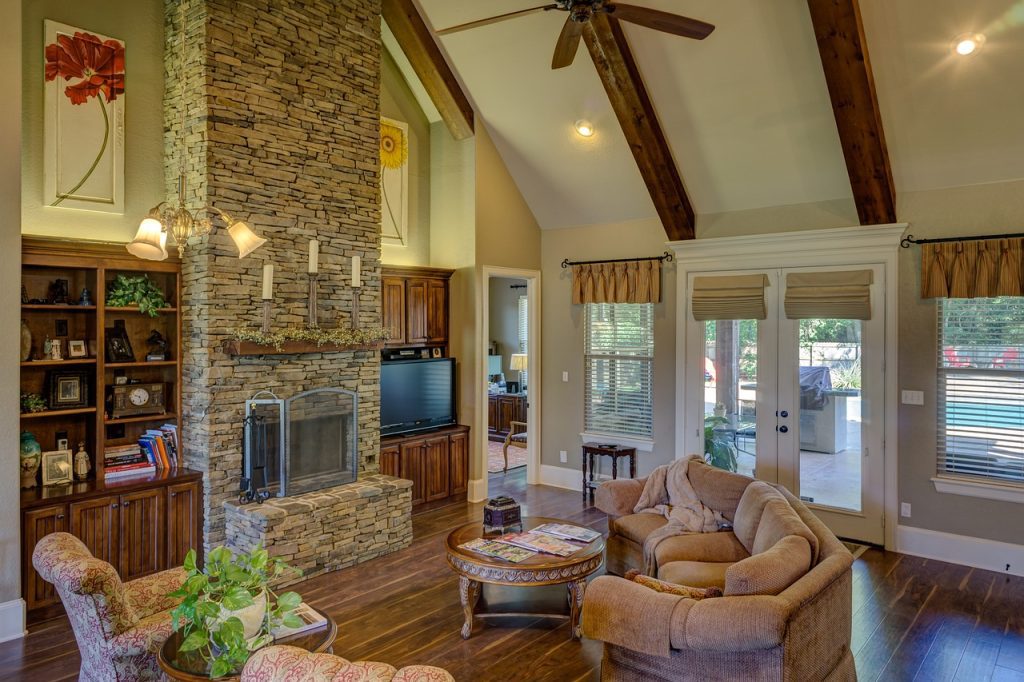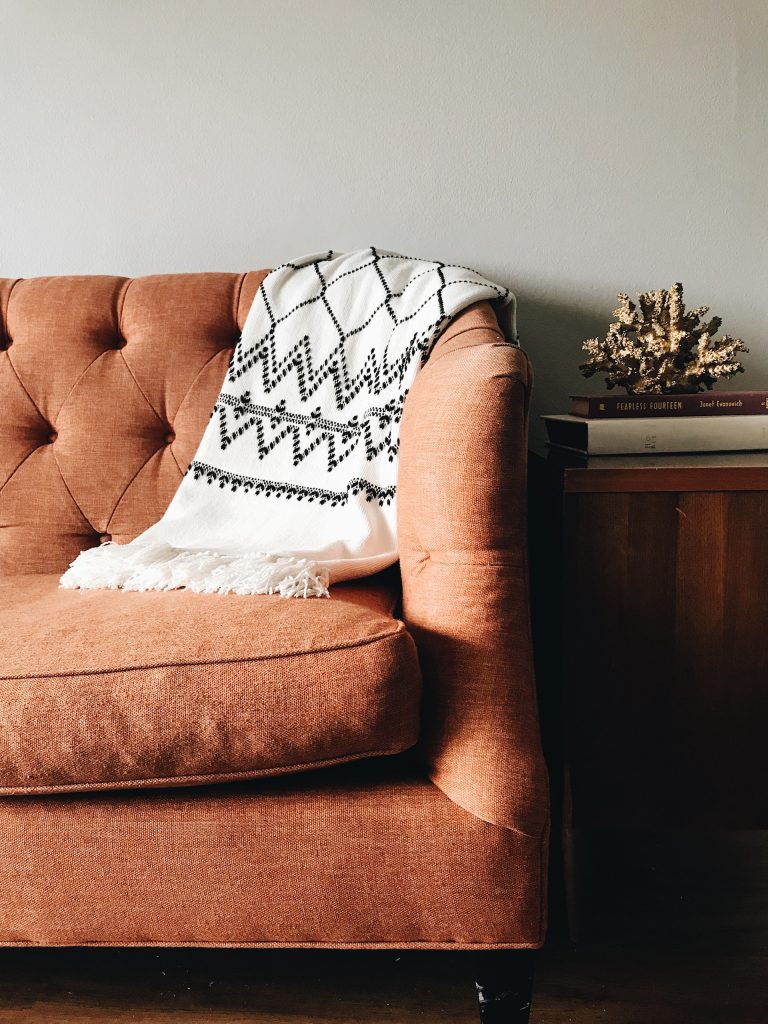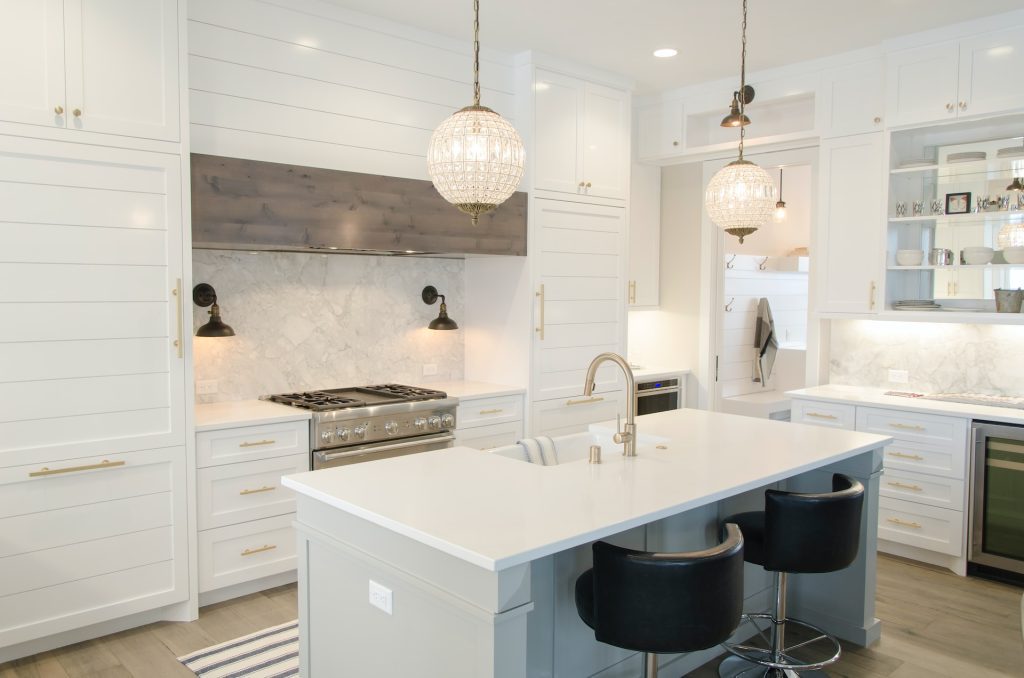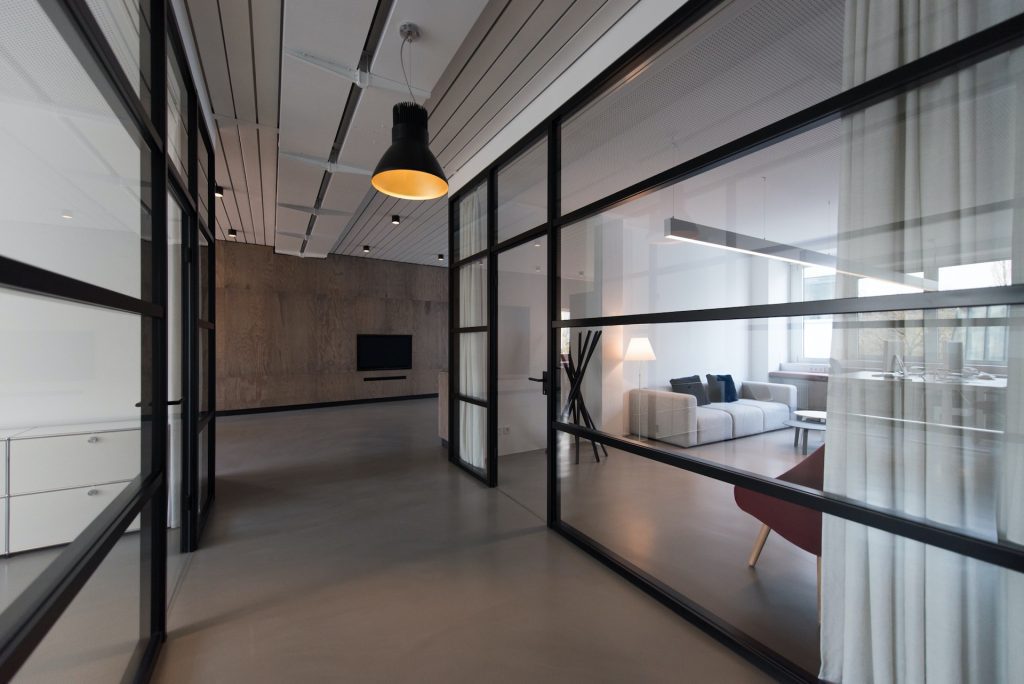Bringing the Outside In: Tips for Adding Natural Elements to Your Living Space
Introduction: Why Bring Nature Indoors? In today’s fast-paced and technology-driven world, it is easy to become disconnected from nature. Many of us spend the majority of our time indoors, whether it be at work or in our homes. However, studies have shown that being surrounded by nature has numerous benefits for our physical and mental well-being. Bringing nature indoors can help create a sense of tranquility and harmony in your living space. It also adds a touch of freshness and beauty to any room. Whether you live in a bustling city or a rural area, incorporating natural elements into your home can provide many advantages. Mental Health Benefits: One of the main reasons to bring nature indoors is for its positive impact on mental health. Research has shown that spending time in nature can reduce stress, anxiety, and depression. Being surrounded by plants and natural elements has been proven to increase feelings of relaxation and calmness. Incorporating natural elements into your home can also improve productivity and concentration levels. This is especially beneficial for those who work from home or spend long hours studying inside their living space. Physical Health Benefits: Not only does bringing nature indoors have positive effects on mental health, but it also provides various physical health benefits as well. Indoor plants are known to purify the air by removing toxins and pollutants, which can improve overall air quality in your home. Having plants inside your living space can also have a positive impact on allergies as they act as natural air filters. Studies have shown that patients in hospitals with plants in their rooms reported lower levels of pain and anxiety, as well as a quicker recovery time. Creativity and Inspiration: Nature has a way of inspiring creativity and imagination. Bringing natural elements into your living space can help stimulate your mind and encourage creative thinking. This is beneficial for all ages, but particularly for children who are still developing their imagination and cognitive skills. Incorporating nature into your home decor can also serve as a reminder to take breaks from technology and connect with the world around you. This can help improve overall well-being and reduce feelings of burnout or fatigue. Easy Ways to Bring Nature Indoors: There are many simple ways to incorporate nature into your home decor. Here are a few ideas to get you started: Conclusion: Bringing nature indoors is not only aesthetically pleasing but also has numerous benefits for our well-being. It can improve mental health, physical health, spark creativity and inspiration, and serve as a reminder to connect with the world around us. By incorporating elements of nature into our home decor, we can create a more balanced and peaceful living space for ourselves and our loved ones. Benefits of Incorporating Natural Elements in Your Living Space Incorporating natural elements into your living space is not only a trendy design choice, but it also has many benefits for both your physical and mental well-being. From reducing stress levels to improving air quality, bringing the outside in can have a positive impact on your overall lifestyle. Here are some of the top benefits of incorporating natural elements in your living space: Studies have shown that being surrounded by nature can reduce stress levels and promote feelings of relaxation. By adding natural elements such as plants, stones, or natural materials like wood and bamboo to your living space, you can create a calming atmosphere that helps you unwind after a long day. The presence of these elements can also help improve focus and productivity, making them great additions to home offices or study areas. Plants are known for their ability to purify the air by absorbing harmful toxins and releasing oxygen. By bringing plants into your living space, you are naturally improving the air quality in your home. This is especially beneficial for those who suffer from allergies or respiratory issues as certain plants have air-purifying properties that can help alleviate symptoms. Natural elements add texture, color, and depth to any room they are incorporated into. Whether it’s through potted plants, woven rugs or wooden furniture pieces, these elements bring a touch of nature’s beauty indoors while adding an organic feel to the overall aesthetic of your living space. Incorporating natural elements into your living space can help create a stronger connection to nature. This is particularly beneficial for those who live in urban areas and may not have easy access to green spaces. By bringing elements of the outdoors inside, you can still reap the benefits of being surrounded by nature without having to leave your home. Being surrounded by natural elements has been linked to improved mood and mental well-being. The calming effect of nature can help reduce feelings of anxiety and depression, making it a great design choice for those looking to improve their overall happiness and well-being. In conclusion, incorporating natural elements into your living space not only adds aesthetic appeal but also has numerous physical and mental health benefits. From reducing stress levels and improving air quality to boosting mood and creating a connection to nature, there are plenty of reasons why bringing the outside in is a great choice for your home. So go ahead and add some greenery, stones, or wooden accents to your living space – you’ll be glad you did! Choosing the Right Natural Elements for Your Home: When it comes to decorating your home, incorporating natural elements can add a sense of warmth and tranquility to any living space. From lush greenery to organic textures, these elements can bring the beauty of the outdoors inside and create a more inviting atmosphere. However, with so many options available, it can be overwhelming to decide which natural elements will work best for your home. In this section, we’ll discuss some key factors to consider when choosing the right natural elements for your living space. Types of Plants and Their Benefits There are numerous types of plants that can bring life and beauty into
Bringing the Outside In: Tips for Adding Natural Elements to Your Living Space Read More »

